curiouscarbon
Science Penguin
- Joined
- Jun 29, 2020
- Messages
- 3,022
1 watt for 1 second changes 1 gram of water 0.24 celsius
not arguing units, just adding
not arguing units, just adding
Yeah .... my problem is I never did like math .... Unless there was some sort of canned formula I could build into a program... LOL1 watt for 1 second changes 1 gram of water 0.24 celsius
not arguing units, just adding
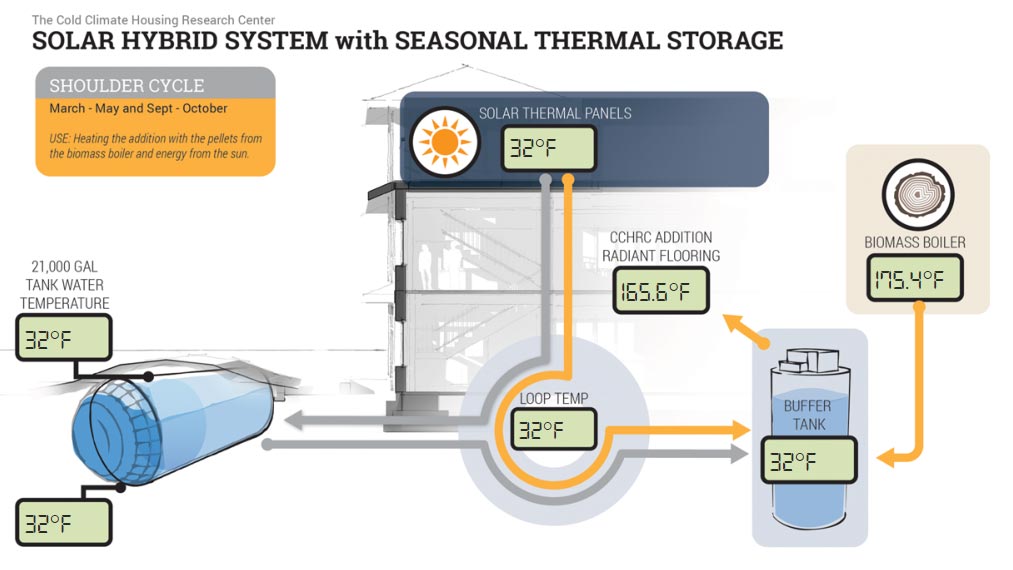
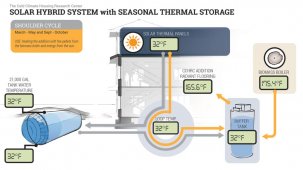
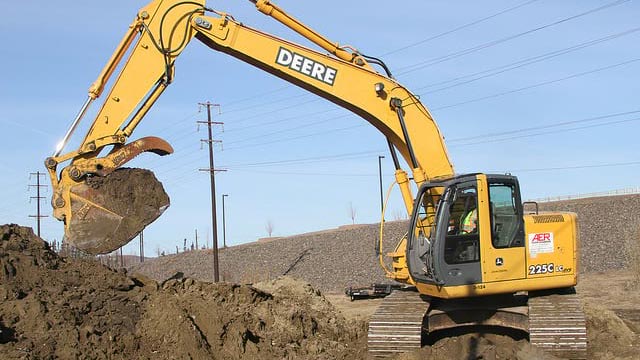
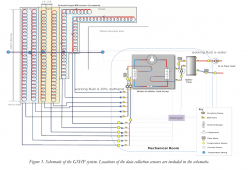
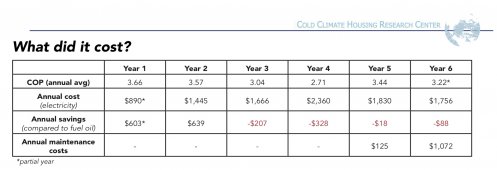
Looks like that didn't work very well.
Thermal Storage Technology | Cold Climate Housing Research Center
Thermal Storage Technology Assessment This technology assessment was sparked by a strong interest in using thermal storage to supplement home heating systems. Thermal storage can take many forms: water storage tanks that allow residents to burn wood more efficiently; a storage tank for an...cchrc.org
View attachment 60069
View attachment 60072
Ground Source Heat Pumps in Cold Climates | Cold Climate Housing Research Center
Ground Source Heat Pumps Ground Source Heat Pump Demonstration at CCHRC CCHRC installed a ground source heat pump (GSHP) system at its Fairbanks facility in 2012 to see how it handles extremely cold soils. The GSHP displaced an oil-fired boiler to provide heat to a 5,000 square foot space. A...cchrc.org
View attachment 60071
I don't want to endorse them yet because it hasn't been long enough for me to say I stand by their gear but I will send to you DM. Moisture in soil dramatically changes the rate of thermal transfer, dry sand like I have is the least efficient of most soil types but then again my frost depth and snow loads are zero, all tradeoffs.What Chinese manufacturer are you working with for your equipment? Here in the Midwest our horizontal loops are 5-6 feet deep 100 to 125 feet long. We have mostly moist clay soil. Makes for pretty good heat transfer.
My parents well was drilled using one of the old hammer type drills back in 1985. The unit was pretty old, the company had many of the newer hydraulic drills but where my parents live there is a huge gravel bed under the surface.Well, atm I'm building a small cable drill rig using a 3cylinder yanmar diesel motor. It should get to 200+ feet (my goal).
If it works I can post more about it, if it doesn't...
Here is a video of me doing this years ago...


